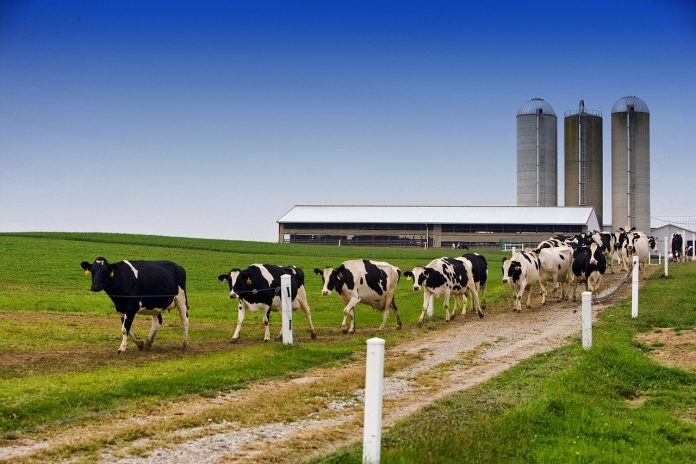The United States Department of Agriculture Economic Research Service earlier this year released milk production returns and cost data. Information for this analysis is collected through the USDA’s Agricultural Resource Management Survey.
USDA uses this survey as their primary method of collecting information about production practices, resource use and the economics of U.S. farms. Because policymakers and others use the data collected to make important decisions that may impact you, it is important to complete surveys you receive. Survey data also helps tell agriculture’s story to the general public.
Additional information about the survey is available at nass.usda.gov/surveys/guide_to_nass_surveys/ag_resource_management.
Data
The data collected is grouped into the following categories: gross value of production, operating costs, allocated overhead and net value. Gross value of production includes the quantity of milk sold, cull and other income. The other income includes rental of facilities to others, patronage dividends and the fertilizer value of manure produced.
The operating costs category includes feed, veterinary, bedding, marketing, fuel, repairs, interest and other. Overhead expenses include hired labor, opportunity costs, taxes and insurance, cost recovery of machinery and equipment and general farm overhead.
The total operating and overhead expenses are subtracted from the gross value of production to arrive at a net value of production. The reported net value is divided into two categories: value of production less total costs and value of production less operating costs. Data is summarized for all farm sizes participating and then calculated by herd size.
Analysis
Ohio State University Extension makes the Ohio Farm Business Analysis and Benchmarking Program available to Ohio dairy farmers. This program provides an opportunity for farmers to complete an in-depth analysis of farm and enterprise income and expenses. Gross income includes milk sold, cull sales and inventory changes.
Examples of direct expenses include feed, breeding, veterinary, fuel/oil, hired labor, utilities, trucking, supplies and bedding. Overhead expenses are interest, depreciation and miscellaneous. The Ohio Farm Business Planning and Analysis Program also reports the financial performance of the top 20% of enrolled dairy enterprises.
Findings
There are a few differences in the performance of all dairy enterprises and the top 20% of dairy enterprises enrolled in the Ohio Farm Business Analysis and Benchmarking Program.
The average milk price reported by the top 20% group was $0.30 higher than all enterprises. The average gross income of the top 20% group was $0.37 per hundredweight higher. The top 20% group had average direct expenses of $2.44 per hundredweight less than all enterprises.
The difference in overhead expenses was minimal. The labor and management charge for the top 20% was $0.09 greater than all enterprises. The net return over labor and management of the top 20% group was $2.74 per hundredweight greater than all dairy enterprises
Price fluctuations are likely to continue in the dairy sector. There are several management strategies available to manage price volatility in the industry. It begins with a comprehensive financial analysis and closely monitoring expenses.
Reviewing the analysis of farms enrolled in the Ohio Farm Business Planning Analysis and Benchmarking Program reveals that achieving the highest possible milk price and evaluating direct expenses can have the largest impact on financial performance. Additional information about dairy enterprise finances is available through your county extension educator.













